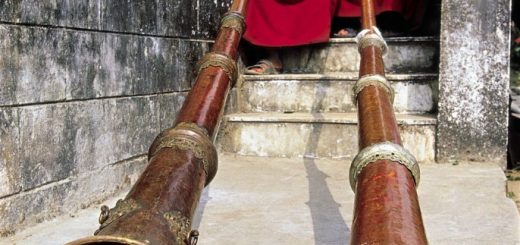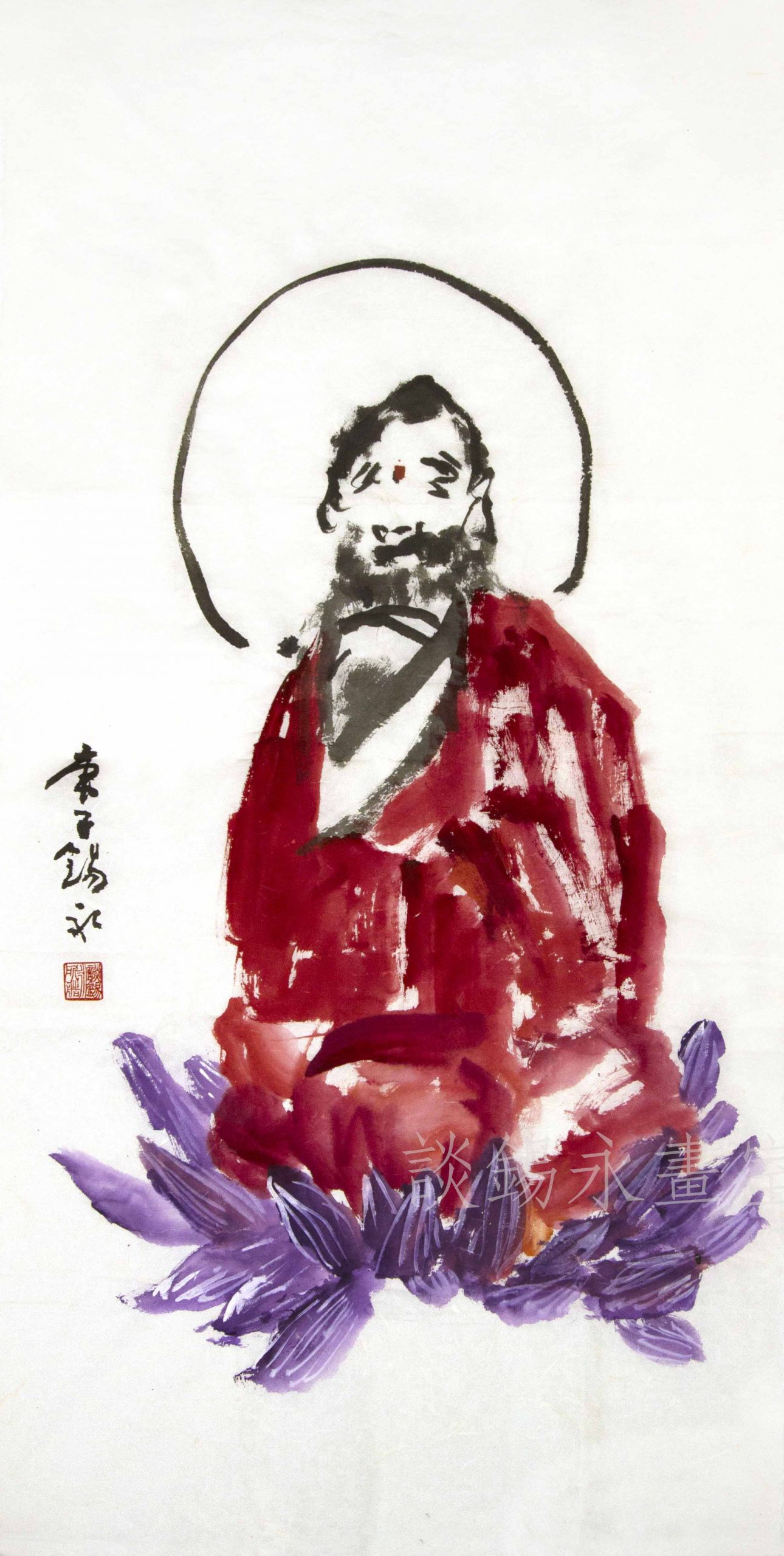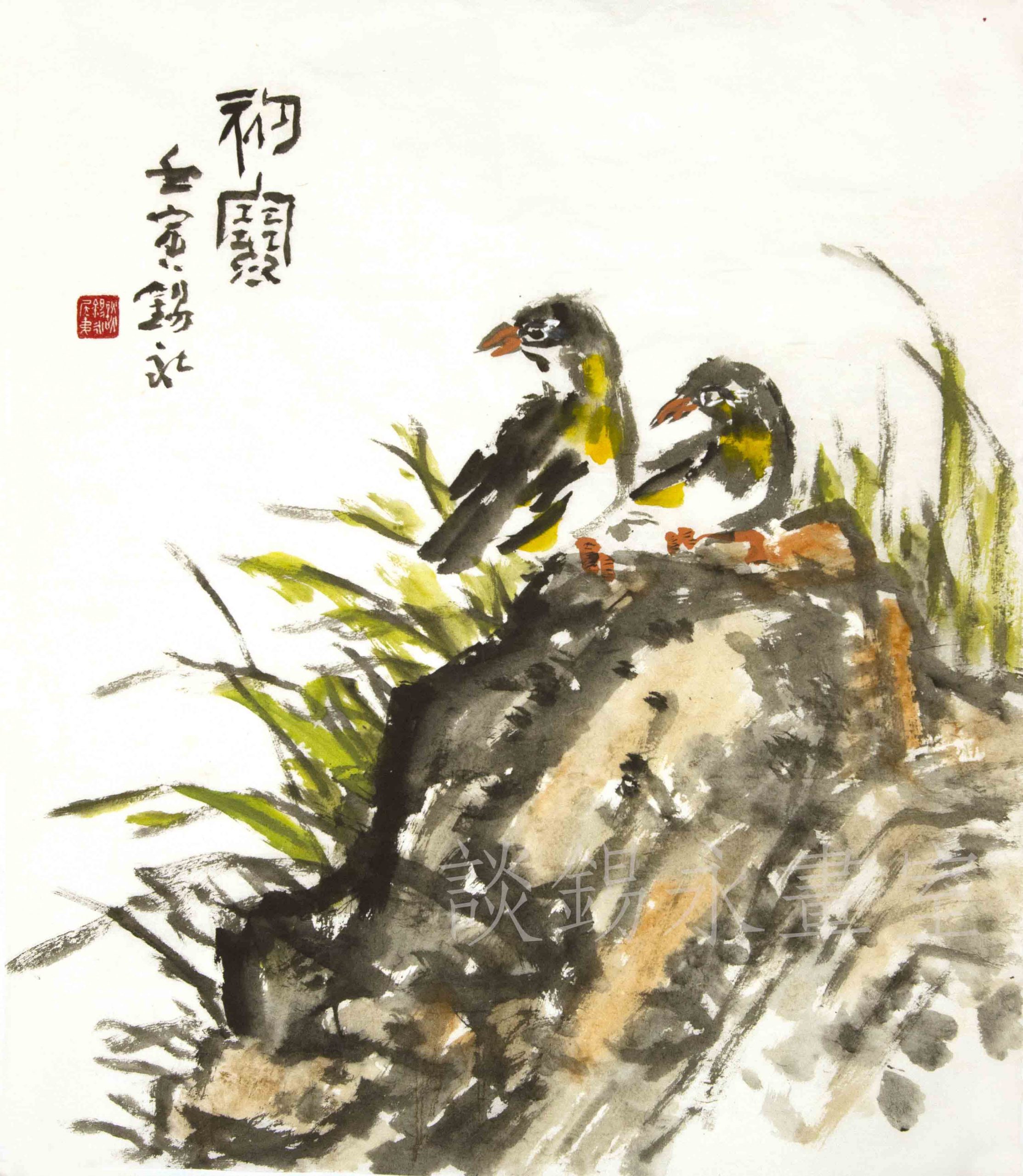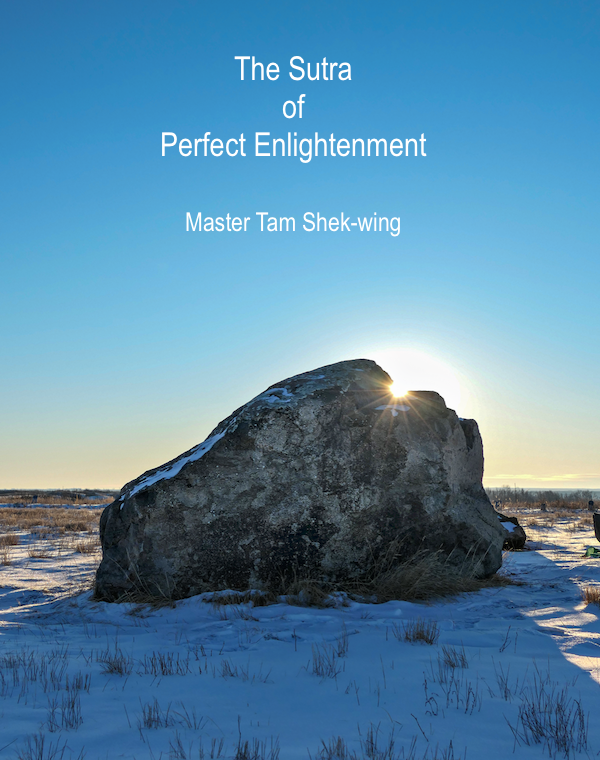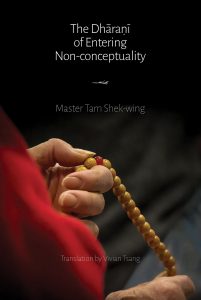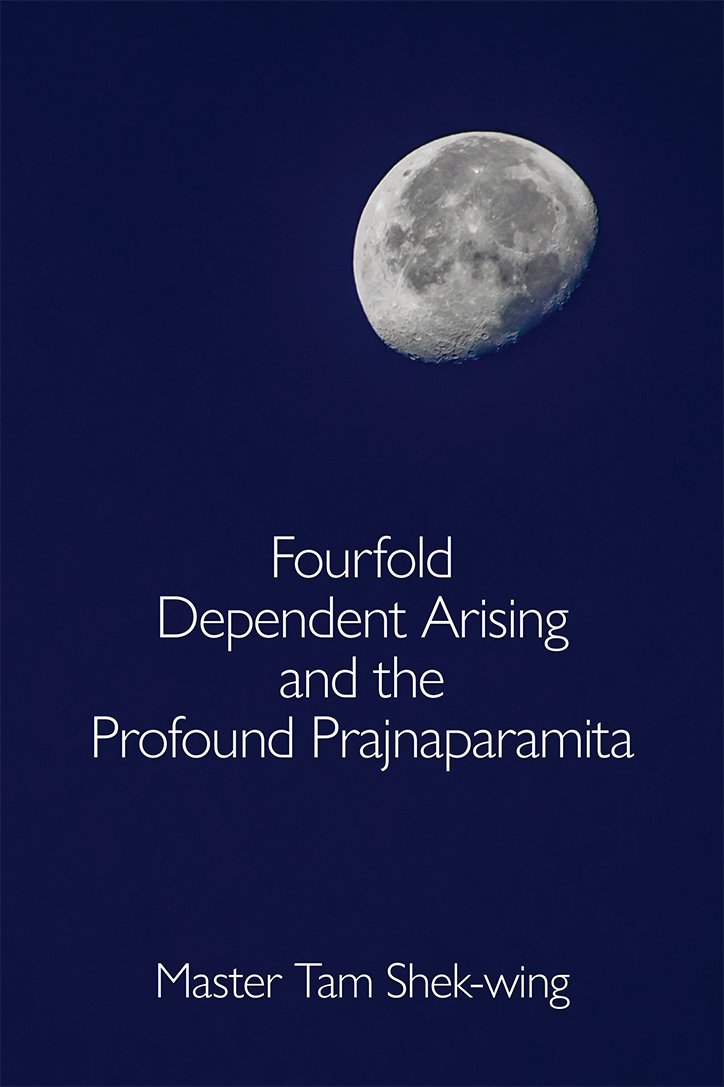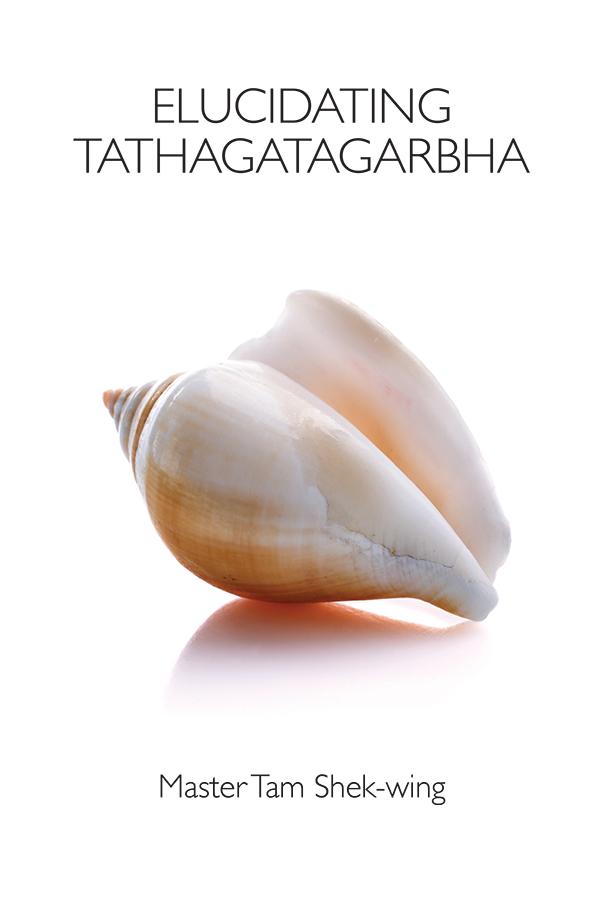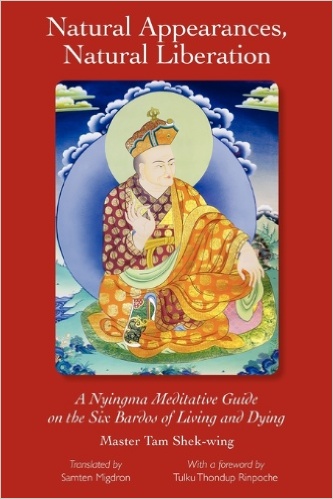Perfect Enlightenment 4: Eleven Bodhisattvas’s Questions to Buddha
Translator’s Note: This post is the fourth post in the series on the Sutra of Perfect Enlightenment, which originally appeared as The Secret Meaning of the Sutra of Perfect Enlightenment, a commentary important aspects on the Buddha-Within and the practice towards perfect enlightenment. This post presents a summary of the eleven bodhisattvas’ question on the practice and thus the overall structure of the sutra. The scripture itself will begin in the next post. Stay tuned.
This post is Part 4 of Master Tam’s introduction to the Sutra of Perfect Enlightenment. [Part 1, Part 2, Part 3]
The Questions of the Eleven Bodhisattvas to Buddha
The Sūtra of Perfect Enlightenment documents the questions by the eleven bodhisattvas and Buddha’s answers to them. The first bodhisattva was Mañjuśrī and he began with the causal ground, while the remaining ten bodhisattvas asked questions on meditation. One can say that Mañjuśrī focussed on the views, ten bodhisattvas focussed on the practice. Although this scripture is primarily on the practice, one can glean into Buddha’s answers aspects of view, practice, conduct, and fruition in the perfection of enlightenment. The last bodhisattva asked of the scripture’s propagation (流通分). The questions are of three categories, on foundation, on path, on fruition. Simply, they are Mañjuśrī’s question, questions on the practice asked by ten bodhisattvas, and finally the last bodhisattva on the scripture’s propagation.
Mañjuśrī inquired about the dharma practice of “tathāgata’s primordially arisen pure causal ground.” Regarding this “causal ground,” many took it to mean an ordinary mind, one that has first become aroused to embark on the practice. Not understanding what the dharma practice of the causal ground, it is easy to oversimplify Mañjuśrī’s question. A beginner’s arousing of bodhicitta cannot possibly be a primordially pure causal ground. As well, the dharma practice is the meditation guided by this causal ground. A beginner’s bodhicitta is unlikely the guide to the view and the practice, otherwise, what is the purpose of sūtric, tantric, and esoteric instructions? The so-called primordially pure causal ground refers to the Buddha-Within, and according to Huayan’s tradition, it refers to dharmadhātu. Buddha-Within or dharmadhātu is the causal basis for meditation and observation. Said to be primordially arisen and pure, because Buddha-Within or dharmadhātu are primordially pure since beginningless time. This way is the way to realize perfect enlightenment in stages. To speak of the practice of the causal ground, it is the view of the causal ground forming the foundation for judgements and ascertainments. The path of practice leads to the attainment of realization, a fruition that corresponds with the causal ground.
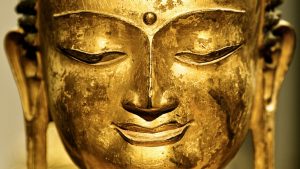 The theme of this scripture is the way to realize perfect enlightenment. By perfect enlightenment, it is buddha’s attainment of perfect enlightenment, which according to Avataṃsaka-sūtra is a practice begin with dharmadhātu. The basis of the argument is buddha-nature, therefore the discussion did not go by way of the Buddha-Within. However, Buddha was clear that the Sūtra of Perfect Enlightenment was entirely about the Buddha-Within, for the five titles he gave include “Buddha’s realm of certainty” and “the nature of the Buddha-Within.”
The theme of this scripture is the way to realize perfect enlightenment. By perfect enlightenment, it is buddha’s attainment of perfect enlightenment, which according to Avataṃsaka-sūtra is a practice begin with dharmadhātu. The basis of the argument is buddha-nature, therefore the discussion did not go by way of the Buddha-Within. However, Buddha was clear that the Sūtra of Perfect Enlightenment was entirely about the Buddha-Within, for the five titles he gave include “Buddha’s realm of certainty” and “the nature of the Buddha-Within.”
Regarding dharmadhātu and the Buddha-Within, dharmadhātu’s “footstep” rests upon the Buddha-Within, resulting in their establishment of dependent origination of the Buddha-Within, and one step further, their establishment of dependent origination of dharmadhātu. Therefore, they are the same and yet different. This tradition is different from Nyingma’s tradition of the Utimate Middle Way. I’ll leave the discussion for a future time. For now, I just want to point out that, for the primordially aroused pure causal ground, it makes for an easier understanding to view as the Buddha-Within. Through the Buddha-Within’s coalescent realm of wisdom and consciousness, we can think of Mañjuśrī’s question as “how to observe and practice the Buddha-Within.”
Now we will focus on the next ten bodhisattvas and their questions the perfection of enlightenment.
The first bodhisattva is Samantabhadra (普賢). He asked how one can strive for the pure realm of perfect enlightenment. Knowing that the practice rests upon the Buddha-Within, the question becomes the how-to leading the realization of the pure realm of the Buddha-Within.
The second bodhisattva is Universal Vision (普眼). He had two questions. He asked how one should contemplate and abide on the bodhisattva’s stage of practice; and for the beings who have not awakened, what expedient means can enable them to reach enlightenment?
The third bodhisattva is Vajragarbha (金剛藏). Following Universal Vision’s line of inquiry, Vajragarbha questioned if sentient beings can truly become enlightened. He asked a total of three questions. 1. If sentient beings have intrinsically accomplished Buddhahood, how is there also ignorance? 2. If sentient beings originally have ignorance, how have they also intrinsically accomplished Buddhahood? 3. If beings in ten directions have intrinsically accomplished Buddhahood, but ignorance arises, when do these tathagatas regenerate all afflictions giving rise to ignorance?
As an aside, Dōgen in Japan seeked dharma from a Chan master in China, his travel stemmed from his doubt in line with these questions. Because the master told him “shedding the body and mind” (身心脫落) is the way, he jumped to conclusion that the practices in the Sūtra of Perfect Enlightenment were not Buddhist, thus giving rise his doubt of its authenticity.
Vajragarbha’s questions were meant to clarify the saying of all sentient beings have intrinsically accomplished Buddhahood. This saying is the fundamental of perfect enlightenment. Misunderstanding this point risks misunderstanding the entire subject matter of this sūtra.
The fourth bodhisattva is Maitreya. He asked how one can ultimately be free from saṃsāra. He then followed up with three more questions.
The fifth bodhisattva is Pure Wisdom (淸淨慧). He asked the difference in the realization of sentient beings, bodhisattvas, and buddhas. This question is utterly relevant to the subject of the Buddha-Within, which is discussed in detailed by Maitreya in Ratnagotravibhāga. Now to follow up Maitreya’s earlier question, Pure Wisdom’s question points at the realization of perfect enlightenment, which is the realization of the Buddha-Within, as well as the cause in the practice of the causal ground.
The sixth bodhisattva is Majestic Virtue Unhindered (威德自在). On the causal ground, he asked Buddha for the expedient means and stages of practice to perfect enlightenment. He then further inquired about the different types of practitioners towards perfect enlightenment, which is in essence a question on the Buddha “caste.” The question of “caste” is a controversial question on the accomplishment of Buddhahood. The line of inquiry clearly attempts to clarify that all sentient beings are endowed with Buddha nature, that they have intrinsically accomplished Buddhahood.
The seventh bodhisattva is Voice of Discernment (辨音). He asked the different kinds of practices leading towards perfect enlightenment, following the previous questions. Buddha said there are three types of practices, which in turn can form many practices, individually, in pairs, and analogous practices, etc.
The eighth bodhisattva is All Karmic Obstructions Purified (淨諸業障). He pointed out a key view of ascertainment. If the mind of awareness of sentient beings are primordially pure, for what reason it becomes contaminated and obscured. This is a certainty a practitioner would arrive at during practice.
The ninth bodhisattva is Universal Enlightenment (普覺). He asked during the latter days of dharma (sad-dharma-vipralopa), how one does not become vulnerable to evil views. He asked a total of five questions. The main goal is to prevent misrepresenting and maligning perfect enlightenment, maligning Buddha nature, maligning Buddha-Within, maligning the dependent origination of dharmadhātu. Sadly, they have all happened in modern times, where the traditions of Huayan, Tiantai, Chan, and Vajrayāna, and even Pure Land, have come under attack. The Tiantai school has suffered the most severe blow, for it was once said to be “deceiving everyone” (欺盡天下人).
The tenth bodhisattva is Perfect Enlightenment (圓覺). He asked, after Buddha had passed away, how one conducts retreat to cultivate the realm of perfect enlightenment. He also asked how to prioritize the three types of meditation.
The Sūtra of Perfect Enlightenment is also about answering the questions of Mañjuśrī and the ten bodhisattvas. The answers are profound and subtle. Not recognizing the secret meaning, it could be misinterpreted as a departure from other scriptures, leading to some doubting its authenticity, or doubting Buddhist traditions such as Huayan. I ask the readers for understanding prior to reading this scripture.

